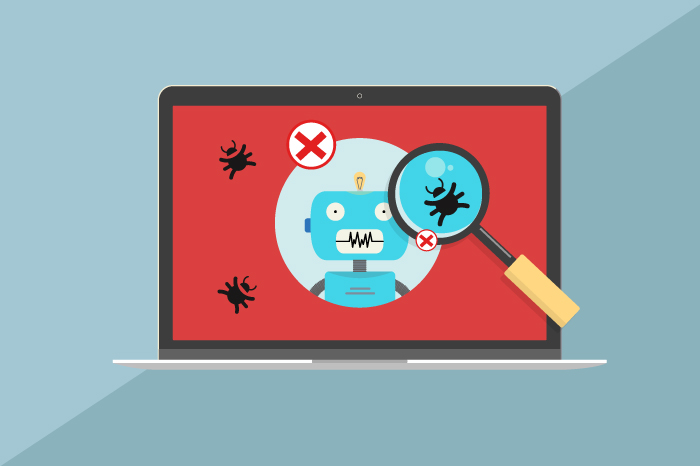
The Internet has brought many benefits to our daily lives. However, it has also created new risks for data security and privacy. One of these threats is the botnet.
But what is a botnet?
To this specific question, we will answer in this article. We will also see how a botnet works, which problems it causes, how to be protected against it, etc.
What is a botnet?
First of all, let’s explain where the word “botnet” comes from. A botnet is a combination of the words: robot and network. It is a network of computers or other devices infected by malicious software or malware.
You can read our article to find out what malware is and how to protect your business.
Botnets are created by infecting many devices with the same malware. Another way is using techniques to spread malware from one device to another.
Once a device is infected, it becomes part of the botnet, the infected network of computers or devices. This network of infected computers can be controlled remotely by the attacker (hacker) without the victim’s knowledge.
Let’s start then!
How botnets work
Since we explained what botnets are, let’s now look at how they work.
As we mentioned before, botnets infect many computers or devices with malware. Usually, they manage to do this through phishing emails, software vulnerabilities, etc.
Infecting a device means the hacker has control over it. Therefore, the botnet attacker can issue commands to the infected devices called bots of zombies.
As a result, these commands can be used to execute various malicious actions. For example, such actions include sending spam emails, stealing personal data, etc.
Typically, botnets are controlled via a command-and-control (C&C) server or network (i.e. a network controlled by hackers). This network acts as a central control point for the attacker to send commands to the infected devices and receive data from them.
To avoid detection or disruption, botnets usually offer techniques to hide their activities. Indicatively, such techniques include encrypting communications, using peer-to-peer communication between bots instead of a central server, etc.
Types of botnet attacks
So, we have seen, so far, what a botnet is and how it works. The next question that is likely to be on your mind is this:
What problems do botnets cause?
In general, botnets can be used for a wide range of malicious actions depending on the goals of the attacker.
Let’s see now the most common malicious actions that can be caused by using botnets.
Spam emails
One of the most common actions of a botnet is the mass sending of spam emails.
Many of these emails may not cause problems. However, some emails are extremely dangerous. It is because they may be phishing emails, hacking and stealing personal data, etc.
DDoS attacks
Distributed Denial of Service attacks (DDoS attacks) are another category of botnets’ malicious actions.
By doing this, botnets can use the resources of the infected computer or device to send massive traffic to a website or service, causing it to overload and shut down.
Which is the result? No user can enter the website or use the service.
Personal data breach
Many botnets are specifically designed to steal users’ sensitive and important personal information and data.
For instance, a botnet attack can lead to the interception of credit card numbers, passwords, and financial data. One of the most famous botnets, ZeuS, is responsible for attacks that ended up stealing millions of dollars from companies within a very short period of time.
If you own a business, read our related article to learn about the importance of Information Security.
Signs that your computer has become part of a botnet
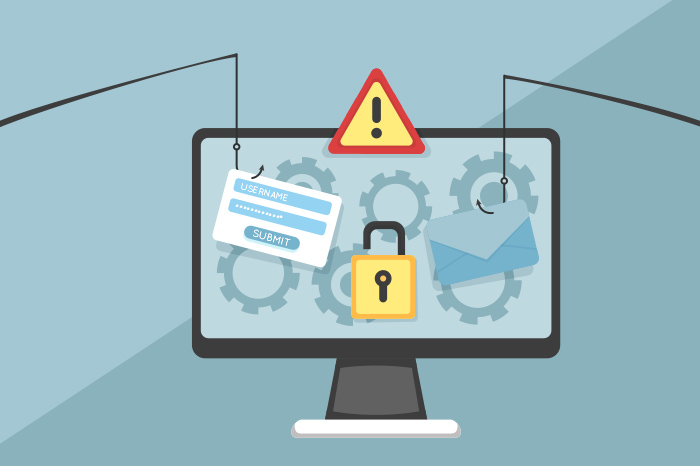
There are several signs that your computer has become part of a botnet. Some of the most common signs to understand that your device is infected are the following:
- Reduced operating speed
- Unusual pop-ups or messages
- Unexpected malfunctions or restarts of your device
- Excessive RAM consumption
- Sending unusual emails from your computer
- Disruption of programs and applications
How to protect yourself from a botnet?
Protecting against botnets requires a comprehensive security approach. It should include both preventive measures of a technical nature and training on potential risks.
More specifically, some of the actions you can take to be protected from such malicious attacks are:
1. Make frequent software updates
Ensure you have all the latest security updates installed for all your software, including your operating system, web browser, and other applications.
2. Install Antivirus programs
Make sure you install a reliable anti-virus or anti-malware program and keep it up-to-date. Scan the system regularly to detect or remove malware.
3. Use strong passwords
It is very crucial for the security of your computer to use strong, unique passwords for all your online accounts. Remember, also, that it is better not to use the same password for different accounts.
4. Beware of phishing scams
Be careful when opening attachments in emails or when clicking on links, especially if they come from unknown or suspicious sources.
5. Deactivate services you don’t use
Deactivate unnecessary online services, such as shared documents or files (Google Docs, etc.) or Remote Desktops to reduce your exposure to potential attacks.
6. Use a firewall
Use a firewall to monitor and control incoming and outgoing traffic on your computer network.
7. Be careful when downloading software
It is crucial to download software only from trusted sources and to be careful when installing free software that may contain adware or other undesirable programs.
8. Keep regular backups of the data
Keep regular backups of your valuable data on an external device (e.g. external and drive) or a cloud storage service to be able to retrieve them in case of a malware attack.
Following the above tips, you can significantly reduce the risk of falling victim to a botnet attack.
Also, it is crucial to stay up-to-date with the latest security threats, as cyber-attacks are constantly evolving, and the cybersecurity methods are inevitably “running” to adapt.
What a botnet is – Conclusion
To sum up, let’s review what a botnet is: It is a network of infected computers or devices that can be used to carry out various malicious activities.
As you can see, a botnet attack is a major threat to the online world, and then, caution, education, awareness, and investment in computer protection software are required.
After reading this article, you have understood how botnets work, what problems they can cause, and how to protect yourself from such attacks.
If you found our article interesting and useful, all you have to do is share it on social media with your friends!
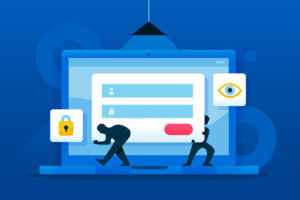
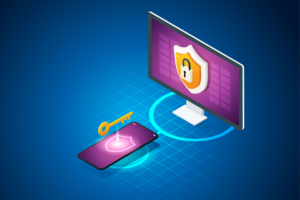
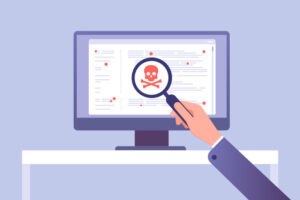
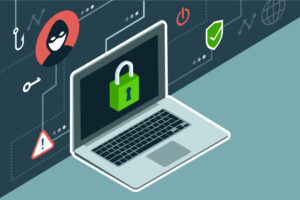

Join the Discussion